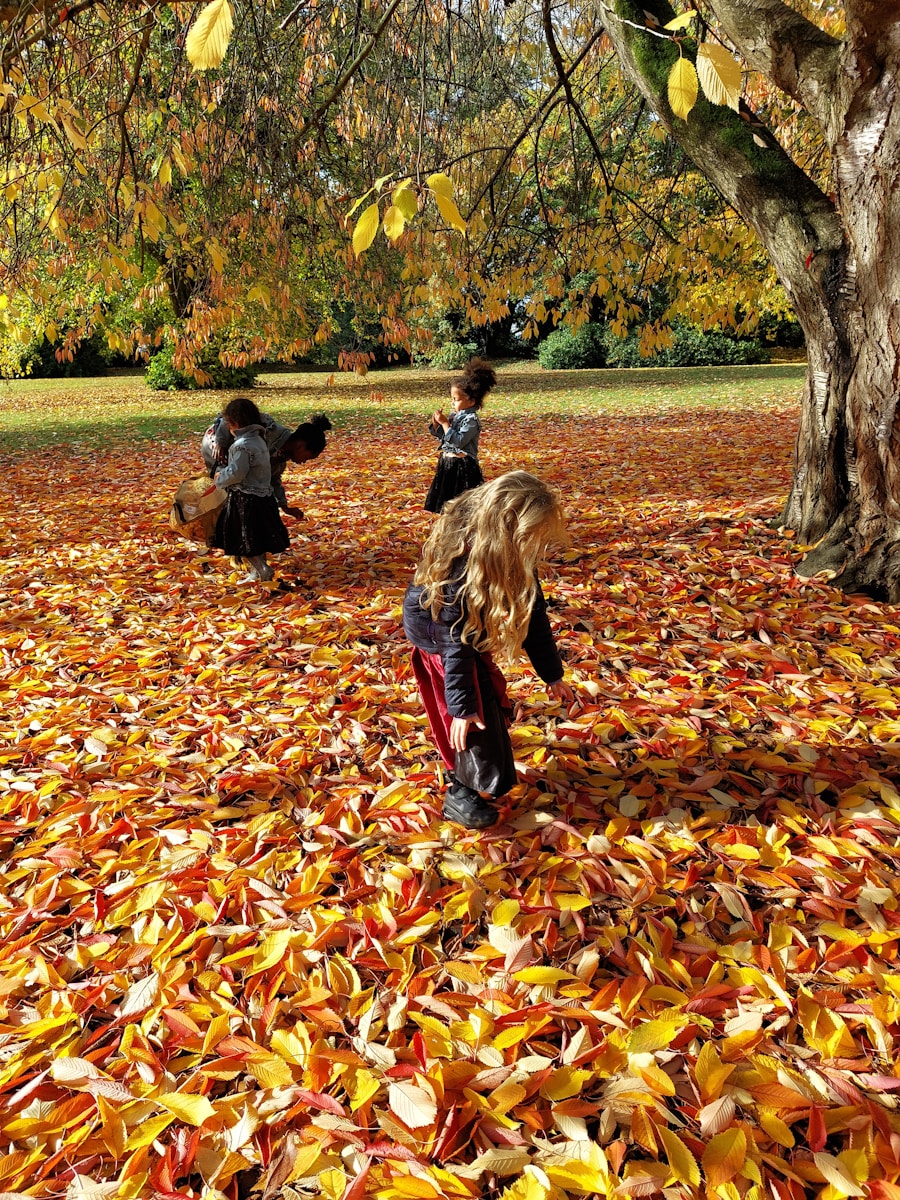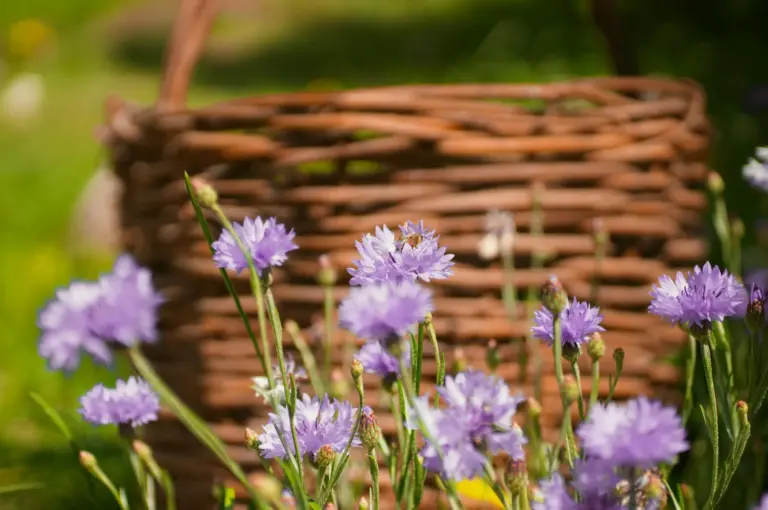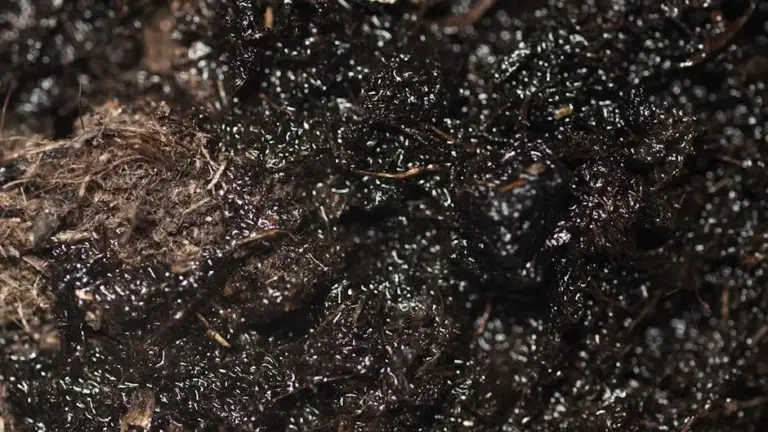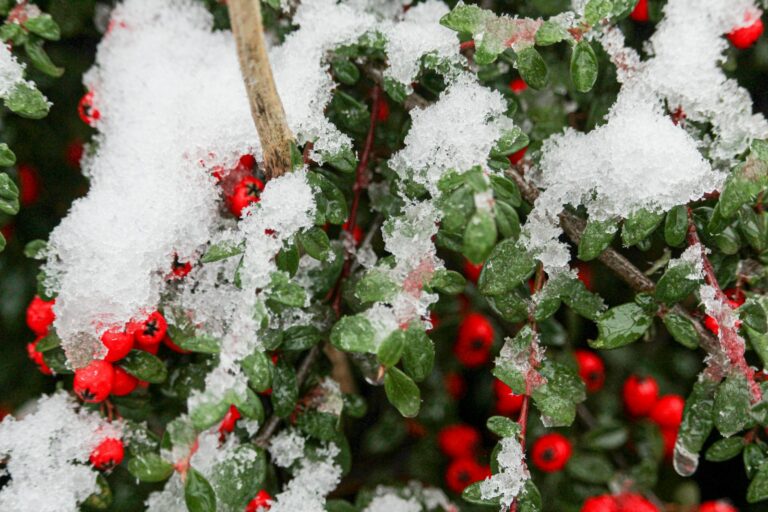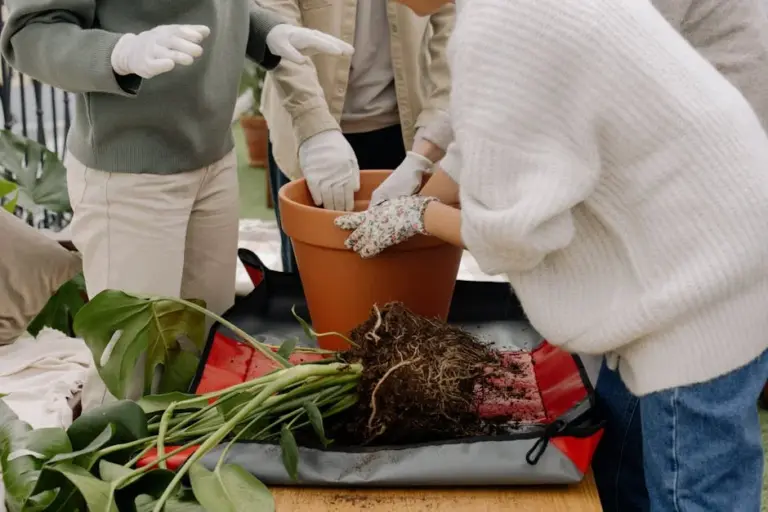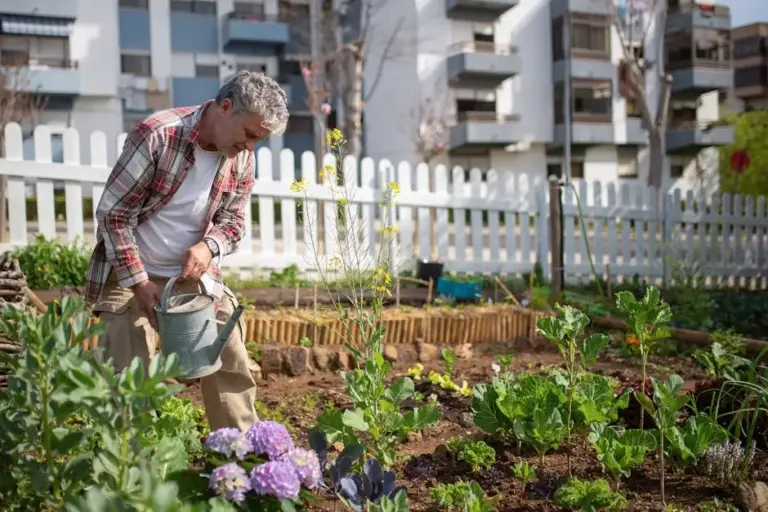What to Do With Fallen Leaves Before Winter Sets In Friendly Tips for a Cozy, Healthy Yard
When autumn rolls around, it feels like the whole yard transforms overnight. Suddenly, there are leaves everywhere, and the air is crisp.
If you want your outdoor space to feel inviting all winter and bounce back in spring, a few quick chores can make a big difference. Those piles of leaves and garden tools you’ve been ignoring? Now’s the time to put them to good use.
Rake and compost fallen leaves to enrich your garden soil
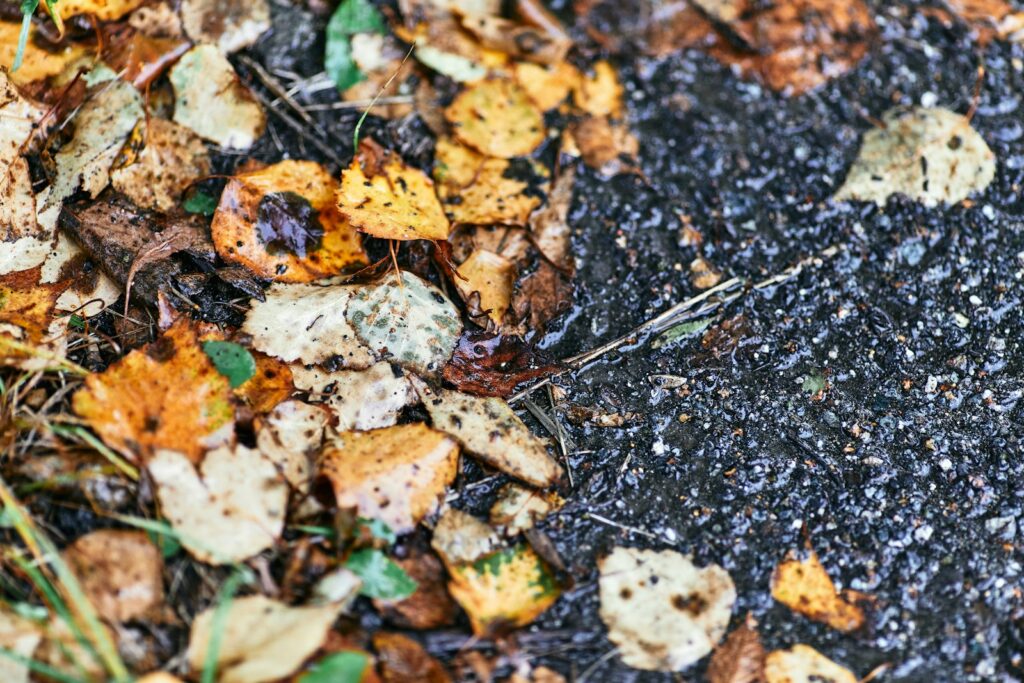
Grab a rake and gather up those fallen leaves before winter hits. Clearing them off your lawn keeps things tidy and stops your grass from getting smothered.
Instead of bagging leaves for the trash, compost them. Leaves are full of carbon, which balances out the nitrogen in other compost materials.
Tear or shred leaves to help them break down faster. Mix them with green materials, keep the pile damp, and turn it occasionally for best results.
Use shredded leaves as mulch around perennials to protect roots from freeze-thaw cycles
Shredded leaves make a great mulch for perennials. They help keep soil temperature steady during winter.
Spread a 2 to 3 inch layer around your plants’ roots. This protects them from freeze-thaw cycles and adds nutrients as the leaves break down.
Shredded leaves also help soil hold moisture. Make sure the leaves are dry and well-shredded before using them.
Spread leaves around shrubs to retain moisture and prevent frost damage
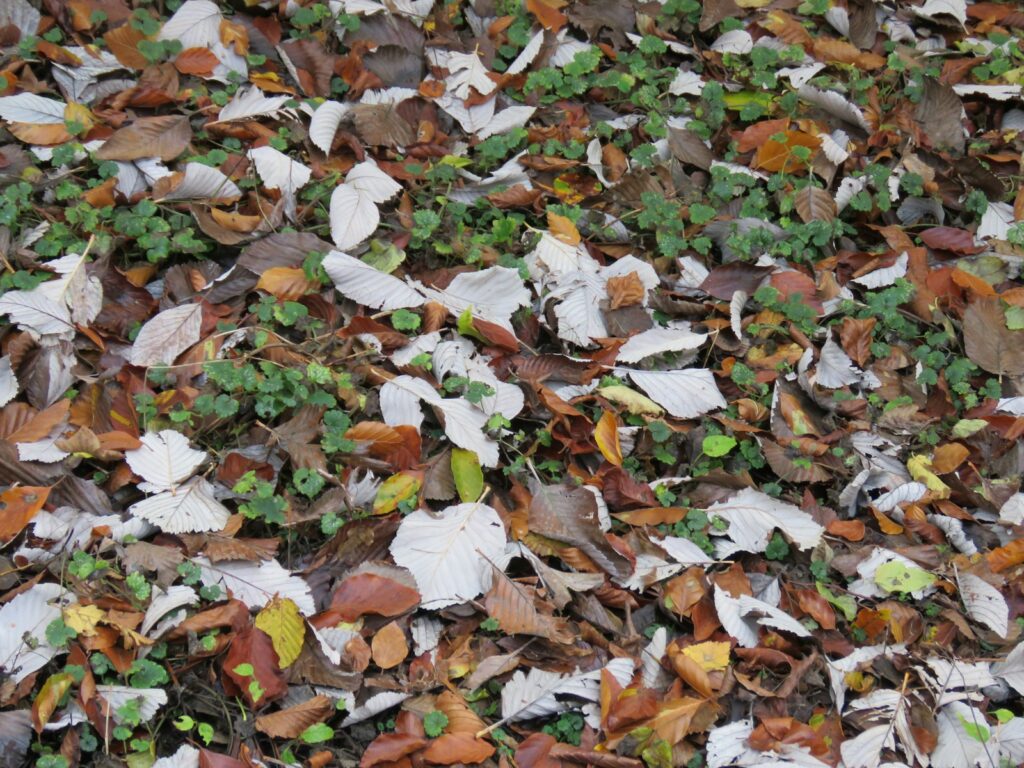
Layer shredded leaves around shrubs to keep soil moist and guard against frost. About 3 to 4 inches is enough.
This acts like a blanket, slowing down freezing and thawing that can harm roots. As leaves break down, they feed your soil.
Clear away sticks and keep the leaf layer loose so air and water can still reach the roots.
Prune dead branches and remove diseased plant material before winter
Take a walk around your yard and look for dead or damaged branches. Cut these off to help your trees and shrubs stay healthy.
Prune back to a healthy bud or branch. This keeps your plants looking neat and less inviting to pests.
Wait until after most leaves have fallen so you can see what needs trimming. Avoid leaving long stubs, which can attract insects or disease.
Drain and clean garden hoses, then store them indoors for winter
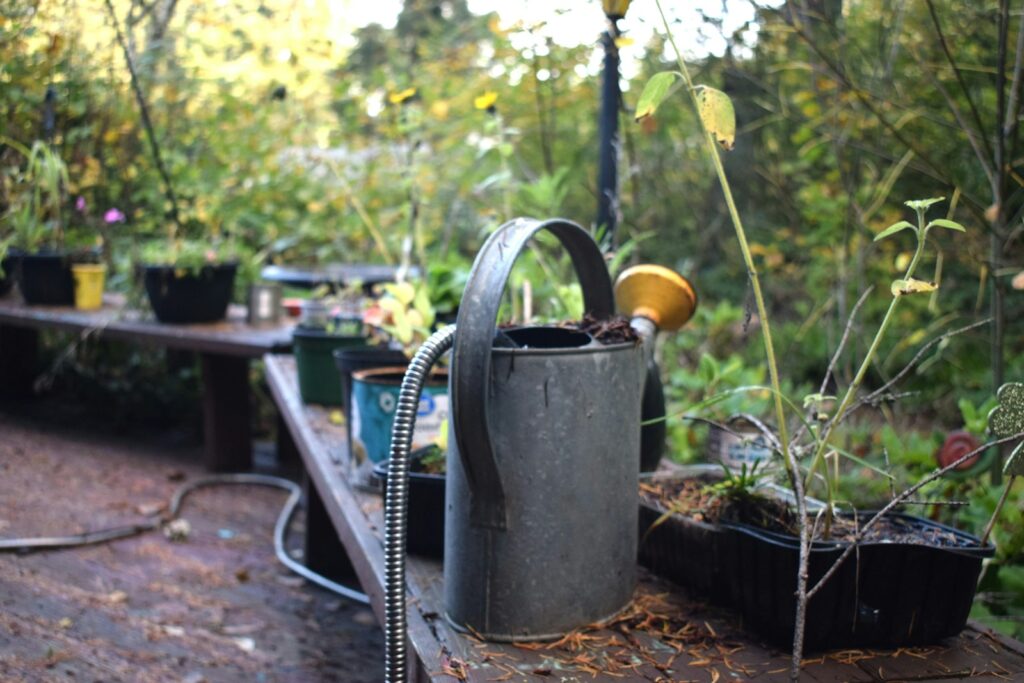
Don’t forget about your garden hose. Drain out all the water so it doesn’t freeze and crack.
Wipe off any dirt before coiling it into wide loops. Store it indoors, somewhere cool and dry, to keep it in good shape for next year.
Plan next year’s garden layout while noting what worked this season
Think back on what grew well and what didn’t this year. Jot down notes so you can make changes for next season.
Maybe some plants need more sun, or you want to try new varieties. Use a garden journal or simple notes to plan ahead.
Set a few goals for next year, whether it’s more veggies or adding flowers. Planning now makes spring less stressful.
Organize seeds and label them clearly for easy spring planting
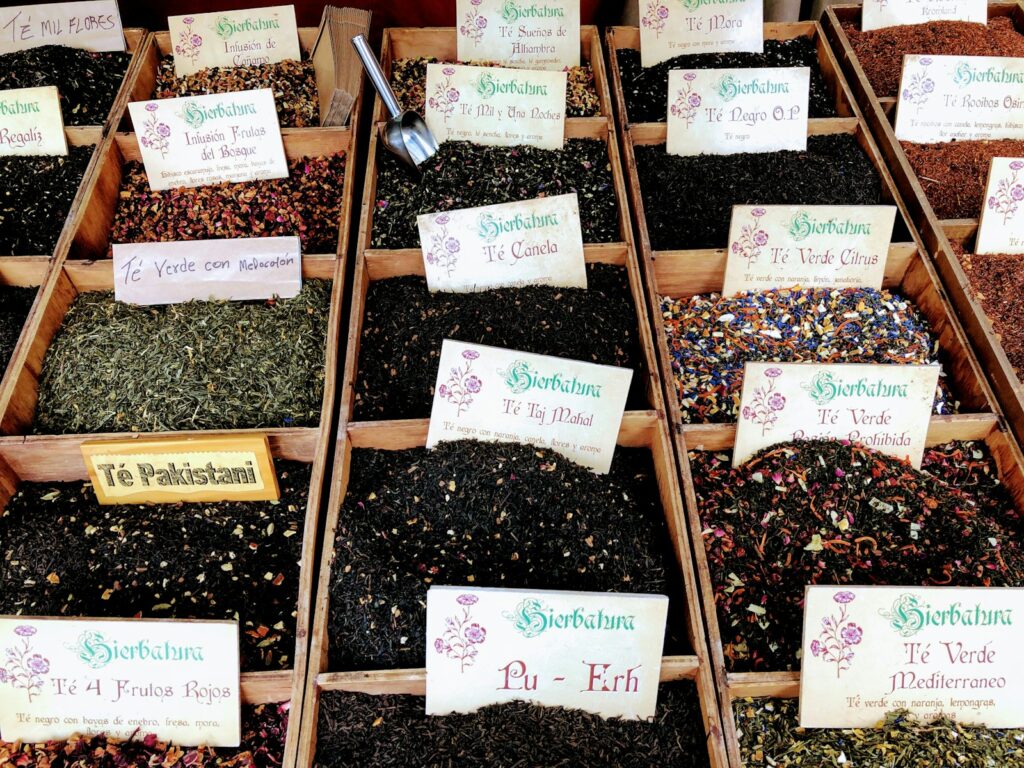
Sort your seeds into groups like veggies, herbs, and flowers. Label each packet with the plant name and date.
Keep seeds in containers or envelopes in a cool, dry spot. Organizing now saves time when planting season arrives.
Check the condition of your seeds and use older ones first. When spring comes, let them warm up before planting.
Refresh soil with organic matter during fall for healthier spring growth
Spread compost, shredded leaves, or grass clippings over your garden beds. These will break down over winter and feed your soil.
Mix organic matter into the top few inches of soil. Fall is a good time for this since the soil is cool and moist.
Cover crops can also help. They grow now and get turned under in spring, adding nutrients and improving soil texture.
Create DIY garden decor using dried leaves and natural materials
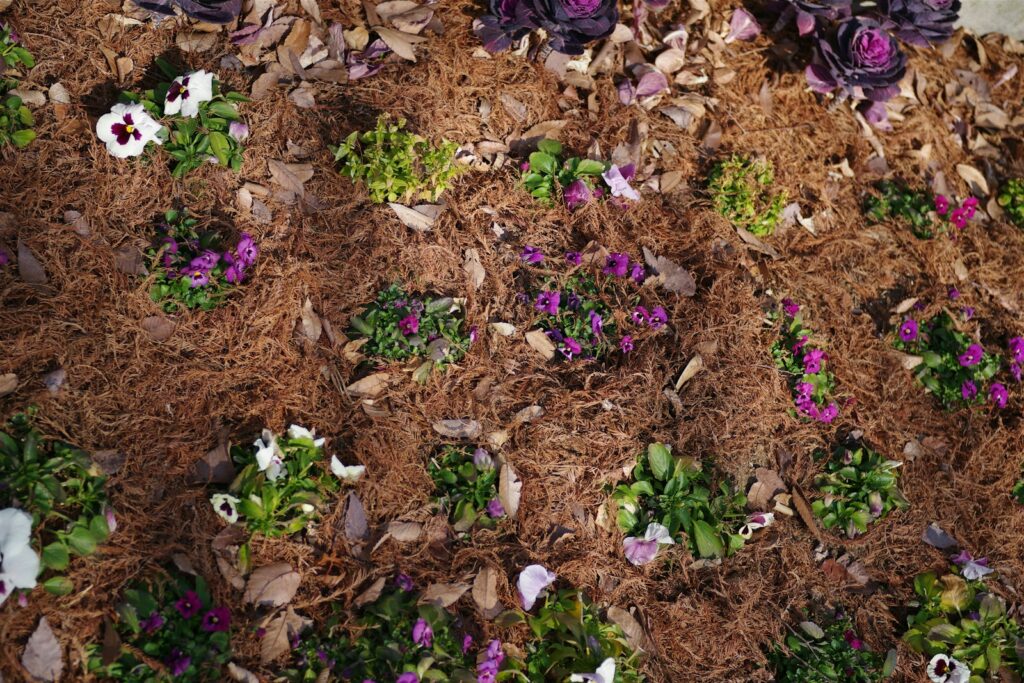
Get creative with what’s already in your yard. Collect colorful leaves, pinecones, and twigs for simple crafts.
String leaves together for garlands or glue them onto paper for wall art. Decorate pots or garden markers with painted leaves.
These projects add a cozy touch to your space and use up fallen leaves in a fun way.
Protect tender perennials with a 3-4 inch layer of leaf mulch
Before the cold really settles in, add a 3 to 4 inch layer of leaf mulch around tender perennials. This keeps soil warmer and helps prevent frost damage.
Keep the mulch off the plant stems to avoid rot. Fluff the layer if it gets too thick so air can circulate.
Leaf mulch breaks down over winter, feeding your soil and reducing waste. Your plants will thank you come spring.
Protecting Your Garden Before Winter
As winter approaches, it’s a good idea to focus on your perennials and soil. A little effort now means less work and more blooms later.
Caring for Perennials Ahead of Frost
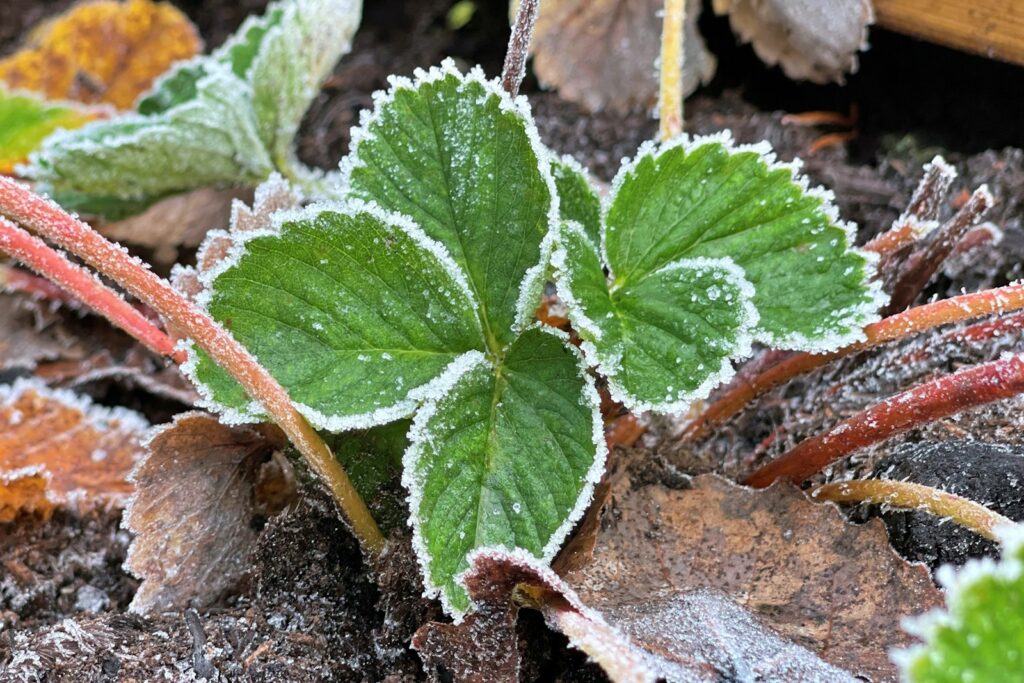
Check perennials for dead or damaged leaves and remove them. This helps stop pests from sticking around all winter.
Only cut back what’s clearly dead. Healthy stems can actually help shield the plant during the cold months.
Give perennials a deep watering before the ground freezes. Moist soil keeps roots warmer.
Add a thin layer of leaves or mulch around the base for extra insulation.
Mulching for Winter Weather
Mulch helps steady soil temperatures and keeps moisture in. Use shredded leaves to avoid mats that trap mold.
Spread 2 to 3 inches around your plants but keep it off stems and trunks. This helps prevent rot.
Mulch also keeps weeds down and protects against erosion.
Pruning Techniques for Cold Seasons
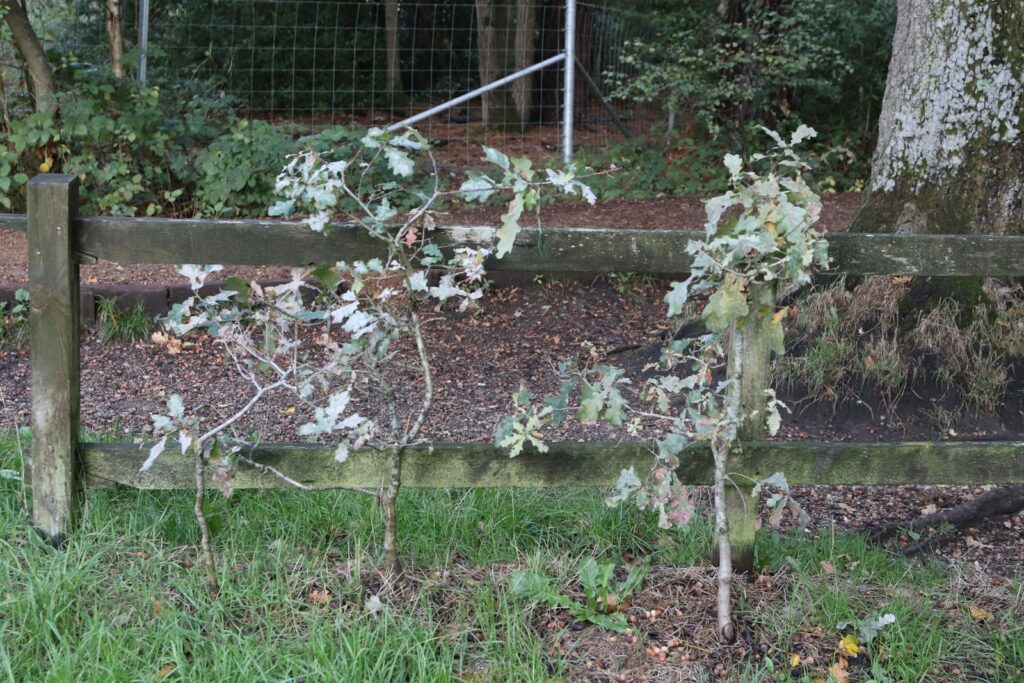
Remove dead or weak branches before winter. This prevents damage from snow and ice.
Cut at a slight angle just above a bud or branch. Use clean, sharp tools for best results.
Avoid heavy pruning in late fall, which can cause new growth that won’t survive winter.
For spring-flowering shrubs and trees, wait to prune until after they bloom.
Preparing for a Successful Spring
Getting ready for spring starts now. Improving your soil and organizing seeds and tools makes planting easier when the weather warms up.
Refreshing Soil for Next Year
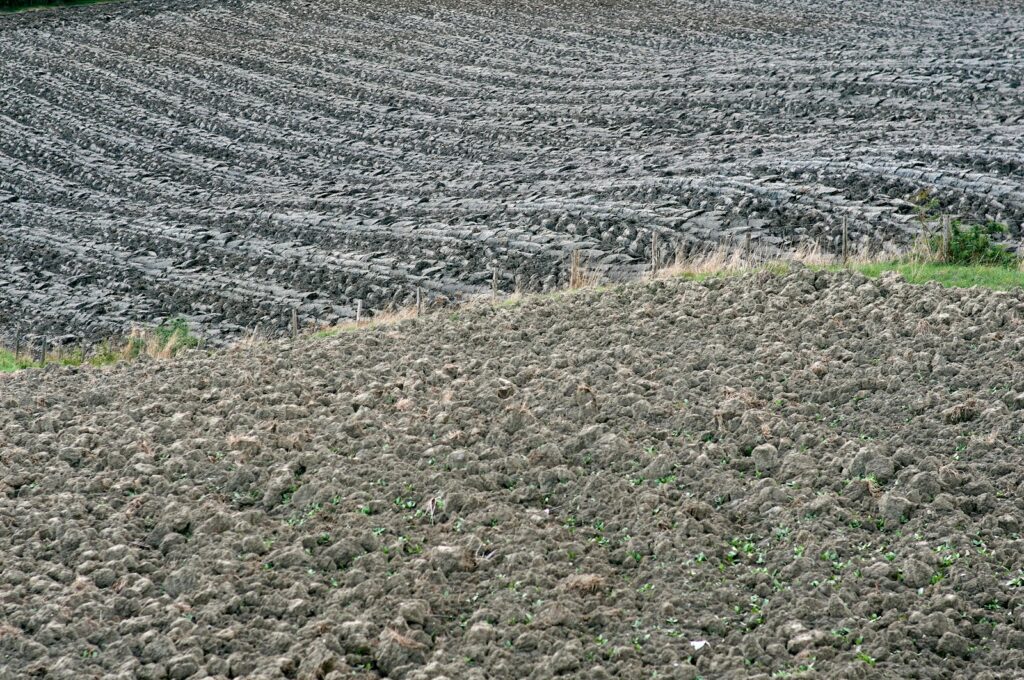
Pull out old plants and debris from your beds. Add compost or well-rotted manure for a nutrient boost.
If soil feels packed down, loosen it with a fork for better airflow and drainage. No need to dig too deep.
A simple soil test can tell you what amendments are needed. Adjust pH if necessary.
Top beds with shredded leaves or straw to protect soil and add nutrients as it breaks down.
Organizing Seeds and Tools During the Off Season
When gardening winds down for the year, it’s easy to let seeds and tools pile up in a corner. Before you know it, spring sneaks up and you can’t remember where anything is.
Keep your seeds fresh by storing them in a cool, dry spot like a sealed container in the fridge. Label each packet with the type and date so you know exactly what you have.
Sort seeds by when they need to be planted and by plant type. This makes it so much easier to get started when the weather warms up.
Give your garden tools a good cleaning before putting them away. Remove dirt and rust, and sharpen any blades so they’re ready to go.
Find a dry, sheltered place to store your tools. Hanging larger items or keeping smaller ones in clearly labeled containers helps you avoid searching later.

